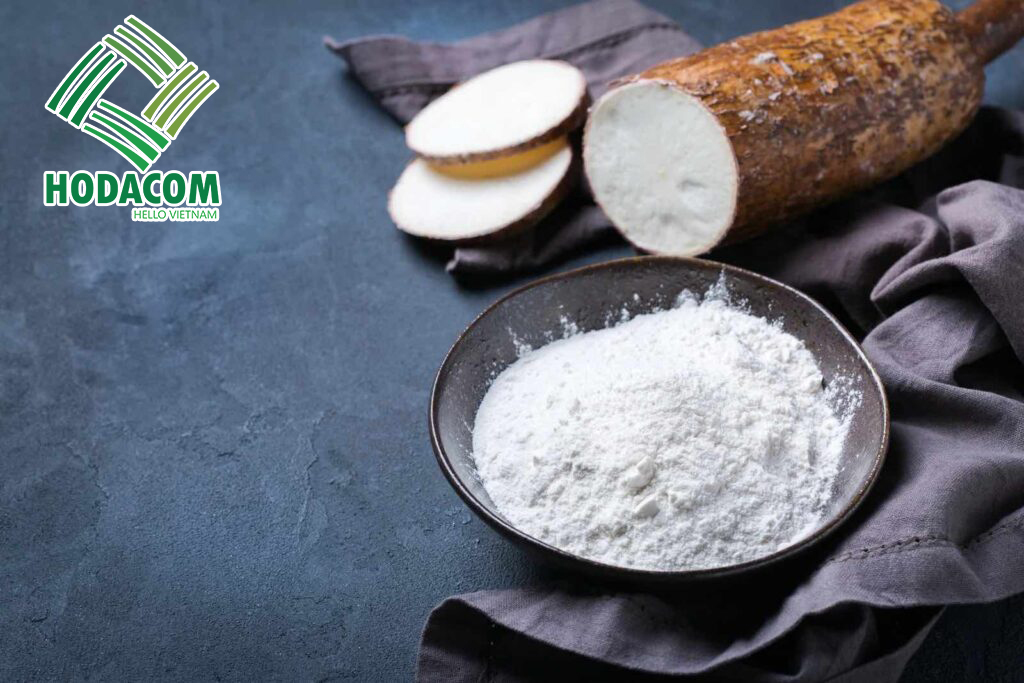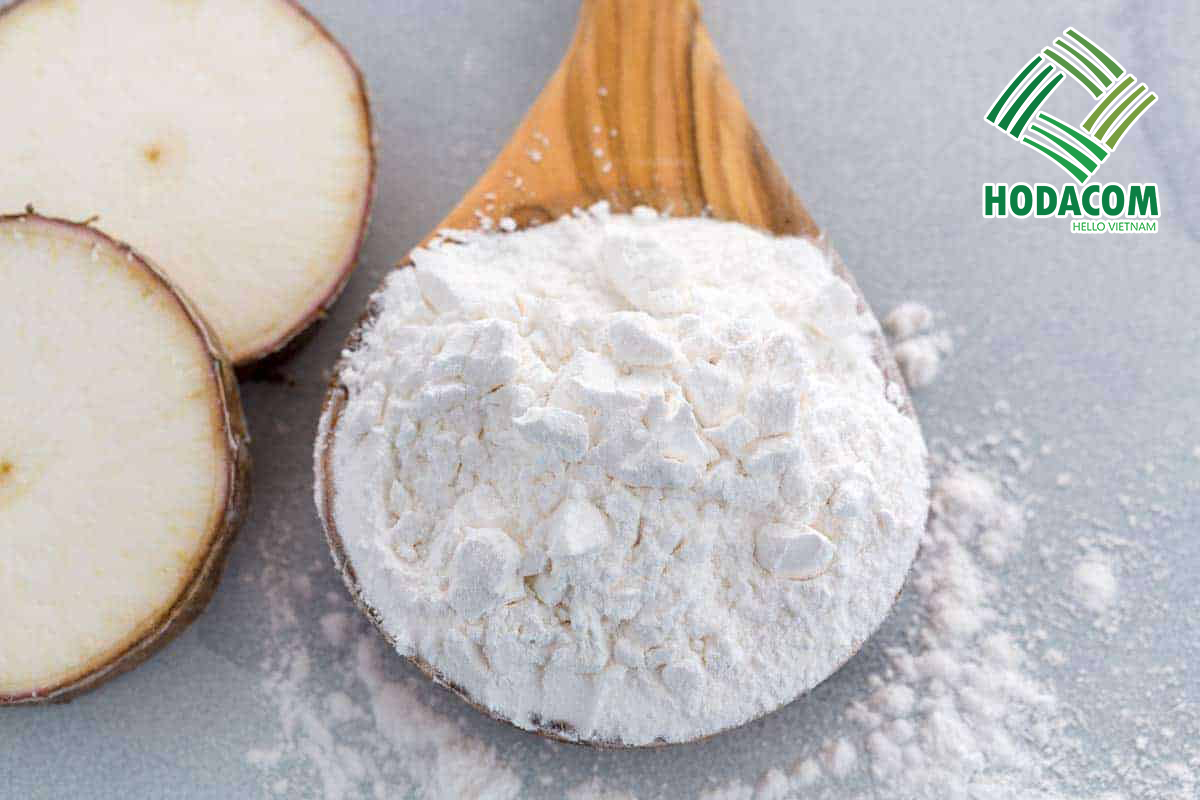HOANG DANG PROCESSING FOODSTUFF CO., LTD
Add : No 1 lane 2, Tan Hung Street, Tan Hung ward, Vinh Loc district, Nghe An province, Vietnam
Tel : +84.238.3521.146 *Hotline: +84.852.767658
Web : hodaco.com.vn * Email : hodaco@hodaco.com.vn
Add : No 1 lane 2, Tan Hung Street, Tan Hung ward, Vinh Loc district, Nghe An province, Vietnam
Tel : +84.238.3521.146 *Hotline: +84.852.767658
Web : hodaco.com.vn * Email : hodaco@hodaco.com.vn
 Vietnamese
Vietnamese English
English















